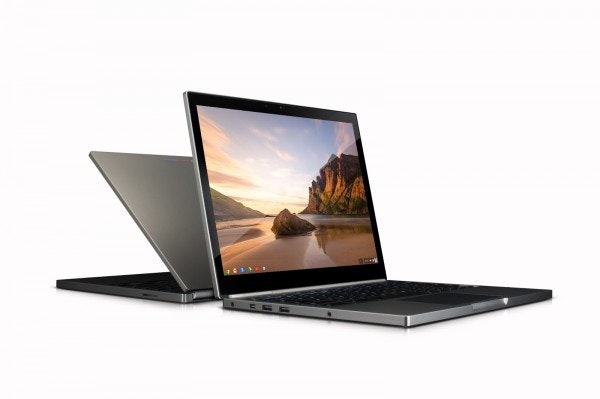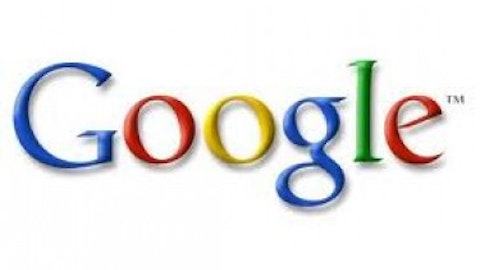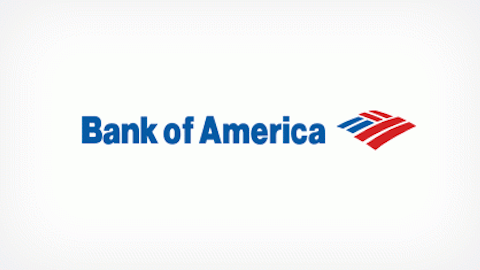Google Inc (NASDAQ:GOOG)‘s Chromebooks haven’t exactly taken the computing world by storm. According to Digitimes about 500,000 Chromebooks have been sold since they went on the market 21 months ago. In contrast, Apple Inc. (NASDAQ:AAPL) sold about 5.5 million Macs (mostly laptops) and Hewlett-Packard Company (NYSE:HPQ) sold about 8 million laptops in their most recent quarters. With Google Inc (NASDAQ:GOOG)’s Chromebook Pixel, Google’s Chrome OS may rise to challenge even mighty Microsoft Corporation (NASDAQ:MSFT) for a significant share of the Intel-based personal computer market.

Difficult value proposition
Even if the Chromebook wasn’t for everyone, the value proposition at least was easy to understand: for about $250 you could own a portable Internet appliance to check email, browse the web and use web apps. Now comes Chromebook Pixel, Google Inc (NASDAQ:GOOG)’s latest Chromebook and the first to run on an Intel Core processor. Reviews of the Pixel have generally been favorable, except in one respect: its price.
Reviewers keep returning to the same point over and over: why would you spend $1299-$1449 for a Chromebook when you could buy a MacBook Pro or touch-enabled Windows 8 Ultrabook for about the same price. These alternatives, they argue, can do everything that Pixel can do, as well as run native apps and games. Despite the premium fittings, to these reviewers the Chromebook Pixel is still just an Internet appliance.
The reviewers have a point, and I think for the near term most consumers will be put off by the price. Not that Google is making any money on the Pixel. I doubt that they are. Given the limited production runs and expensive components such as the ultra-high resolution (2560 x 1700 pixel) touchscreen, Google Inc (NASDAQ:GOOG) probably won’t be able to amortize the hardware engineering costs over the commercial life of the Pixel. So why did they do it? Because Google’s management is thinking ahead. Way ahead.
The future according to Google
In the bright shiny Google future, everyone’s device is always on, always connected. All apps have become web apps, but they don’t look like the clunky web apps of today. These future web apps launch in their own windows, just like the “native apps” on a Windows or Mac OS PC. And these apps won’t even need Internet connectivity, because they’ll run even if the device by some chance becomes disconnected. Most importantly, these web apps of the future won’t surrender much, if any, performance advantage to the traditional “native apps” of today. Is this just science fiction? No, most of this future is already here.
Google Inc (NASDAQ:GOOG)’s fundamental business problem in trying to field an OS to compete with Microsoft Windows and Apple Inc. (NASDAQ:AAPL) Mac OS is the problem of apps. Google had no ready community of app developers, unlike Windows and Mac OS. Here, Google borrowed from its Android playbook: rather than nurture a new community of developers from scratch, tap into an existing community instead. For Android it was Java developers, so that all Android apps start out as Java apps. For Chrome OS, the existing community of Web developers serves as the basis for Chrome app development. And if you believe that all apps will eventually be web apps, why go to the expense of deploying the tools for developing native apps?
The answer, of course, is that Google’s competitors still deploy native apps, and these will often execute faster and more efficiently, especially for games, which are a big part of the app business. If Chrome OS was to be truly competitive, then it would have to overcome the inherent limitations of today’s web apps.
Google Inc (NASDAQ:GOOG)’s solution was to develop a number of software technologies that enable the futuristic Web app I described above. This is a good example of technology development being market driven, which is the opposite of the way people usually think about tech development. These key technologies are called Native Client, Packaged Apps, and App Launcher.
Native Client allows web apps to run native (compiled binary) code from within the Chrome browser. Native Client can speed up computation intensive tasks such as games or video processing, but is only available currently for Chrome Browser on Intel platforms such as Windows, Mac OS and Linux or Chrome OS on Intel. Google is still working on an ARM version.
Packaged apps are web apps that modify that window characteristics of the Chrome browser so that it looks like a standalone app. Each packaged app runs in a customized instantiation of a Chrome browser window. Each packaged app is still basically a web app in that it consists of web pages and possibly Native Client code, but the files are only downloadable from the Chrome app store, and can run standalone without Internet connection once installed. This technology is so new that there are very few packaged apps currently available. One of the few you can download is TextDrive.
The App Launcher is the most experimental of the three technologies and is only available by downloading the developer edition of the Chrome browser for Windows. The App Launcher in Windows is an app that installs into the task bar, and allows direct launching of all Chrome apps, whether web based or packaged.
Google’s Big Bet
What the reviewers don’t get about Chromebook Pixel is the big bet that Google Inc (NASDAQ:GOOG) has made on its Chrome app technologies. Google is betting that it knows the future of apps for the Intel PC world (and possibly the ARM world as well.) If Google is right, then, before long, Pixel won’t be just an Internet appliance, but a full fledged touch enabled personal computer with a rich ecosystem of apps and services.
Perhaps Pixel was rushed out of the gate a little fast, but I believe Google Inc (NASDAQ:GOOG) also perceives some vulnerability in Microsoft Corporation (NASDAQ:MSFT). Chrome OS doesn’t suffer the split personality of Windows 8, in which users are tossed back and forth between the touch mode of the Windows 8 home screen and a desktop mode reminiscent of Windows 7. Touch is always available in Pixel, but so is the convenience of a trackpad. And where Windows 8 often bewilders users, Chrome OS is dead simple. Of course, Pixel’s touchscreen also gives it a leg up on Apple’s Macbooks.
The strategy of tapping into an existing developer community worked well for Android mobile devices, with over 650,000 apps currently available and a thriving ecosystem of millions of users. With Pixel, Google Inc (NASDAQ:GOOG) has thrown down the gauntlet to Microsoft and Apple, challenging them on their home turf of personal computers. They should take the challenge seriously.
The article Google’s Chromebook Strategy originally appeared on Fool.com and is written by Mark Hibben.

